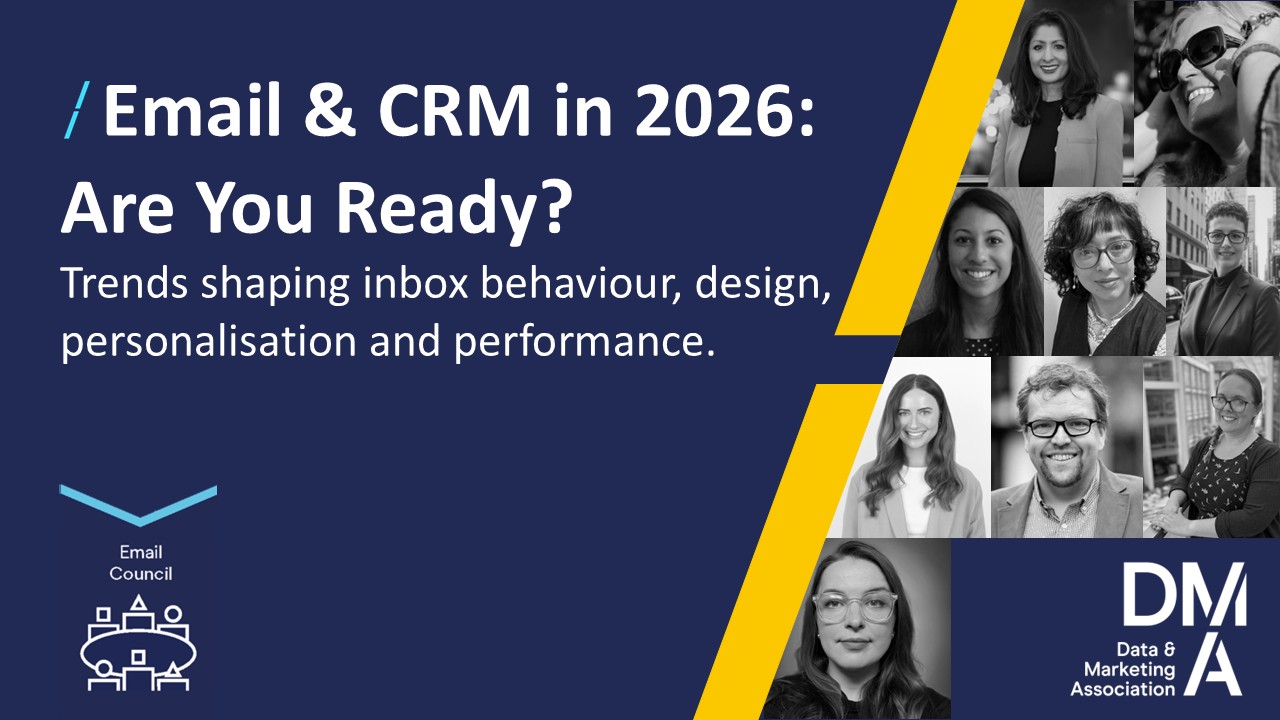DMA Insight: Email and the Mature Market
25 Feb 2020

Our Consumer Email Tracker 2020, sponsored by Pure360, revealed that email remains, among all available channels, the best way to attract and engage customers across the full customer journey.
This is in spite of the ‘Customer Engagement: Acquisition and the Consumer Mindset’ report findings, which highlighted that social media had overtaken email for the first time among customers aged 18- to 24-years-old.
Consequently, in this latest analysis we will focus on customers over 45 years of age, revealing their behaviours and attitudes towards their email inbox.
What do you do with your emails?
When it comes to checking their personal inbox, most customers across the 45-65+ cohort do so at least once a day. The majority of these customers use Gmail as their primary personal email address.
Whereas, people aged 45-54, also use Hotmail/Outlook.com and older consumers prefer AOL/Yahoo.
![]()
When asked about the device they use most often to access their personal emails, in general, all these age groups prefer to use their computer, rather than their mobile.
Opposite results were found across younger cohorts, who prefer small screens (from mobile to smartwatches).
There is a dramatic increase (73%) in desktop preference among those over 65 years old compared to younger cohort members - 61% (55-64yrs) and 48% (45-54yrs).
Big or small screen?
![]()
Customers’ device preference is also mirrored in the actions they undertake when receiving marketing emails from brands on their mobile.
Those aged 45-54, prefer more direct options, such as visiting the shop or the website (35%).
On the other hand, customers aged 65+ would rather wait for the safety of their computer (45%) or tablet (13%) before undertaking any further steps.
The middle group, 55-64, is fairly split between the two options (28% computer – 31% tablet).
How do you feel about data?
Considering that the survey was conducted around 18 months after the biggest change in data protection legislation in a generation, GDPR hasn’t significantly reassured this set of consumers.
Indeed, 44% among those aged 55-64 and 48% of those over 65 years of age, declared that GDPR didn’t make them more confident about how brands treat their personal information.
Furthermore, consumers aged 45+ are significantly more likely to report ‘Often’ wondering how brands got their email address, and this percentage increases with age.
![]()
This is an area for marketers to continually review in terms of whether the opt-in/opt-out processes are explicit - not only from a GDPR perspective but also in a clear, easy to understand language for subscribers.
To learn more about what consumers want to see from brand emails and how to apply the data insights to your campaigns, take a look at our Consumer Email Tracker 2020.



